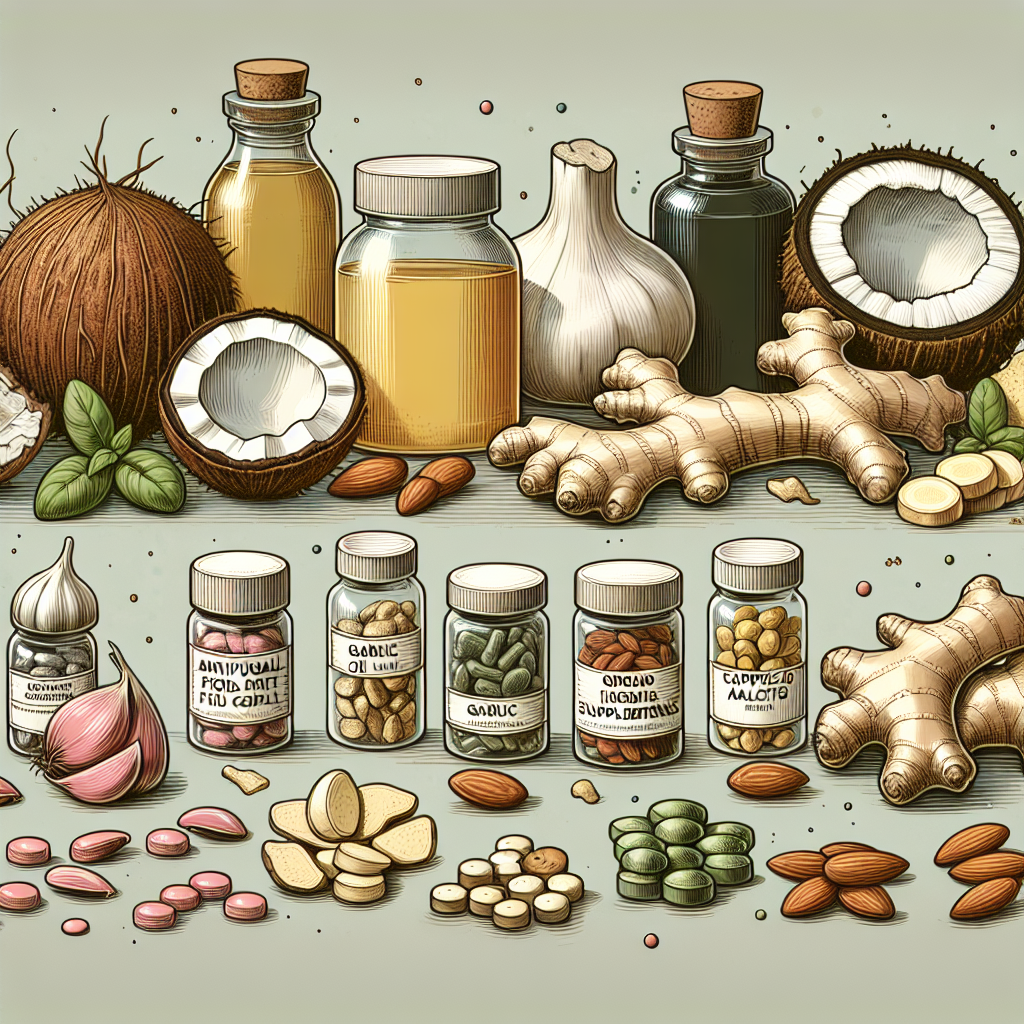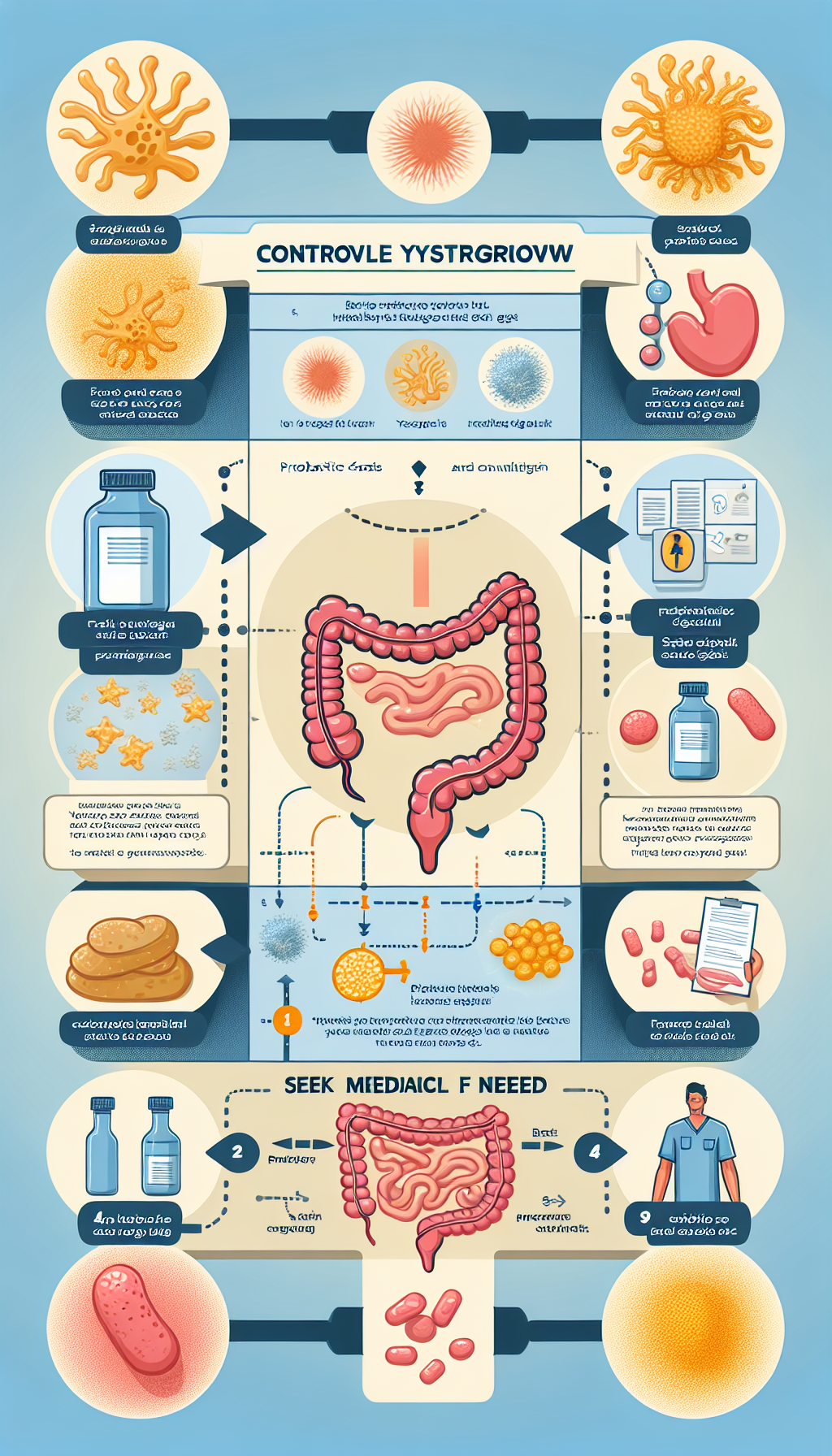Yeast is a natural component of the human gut microbiota, the complex community of microorganisms that reside in our digestive tract. In a balanced gut ecosystem, yeast plays a benign role, but when its growth goes unchecked, it can lead to an overgrowth condition often referred to as Candidiasis or more commonly, yeast overgrowth. This imbalance can disrupt gut health and lead to a variety of symptoms and health concerns.
Understanding Yeast Overgrowth
Yeast overgrowth in the gut occurs when there is an imbalance between the yeast and good bacteria that maintain the gut’s natural equilibrium. This can happen due to a variety of factors, including prolonged antibiotic use, a diet high in sugars and refined carbohydrates, excessive alcohol consumption, and weakened immunity.
Symptoms of yeast overgrowth can be broad and affect multiple systems in the body. They include gastrointestinal issues like bloating, gas, diarrhea or constipation, as well as systemic symptoms such as fatigue, headaches, mood disturbances, and cravings for sweets.
Diagnosing Gut Yeast Overgrowth
Diagnosing yeast overgrowth can be challenging as symptoms often overlap with other digestive disorders. However, a comprehensive medical history and specific laboratory tests, such as stool tests, organic acid tests, and blood tests that check for high levels of yeast antibodies, can help in identifying the condition.
Strategies for Managing Yeast Overgrowth
Managing and treating yeast overgrowth involves a multifaceted approach that includes dietary changes, lifestyle modifications, and sometimes medication or supplements. Below, we outline comprehensive strategies to manage this condition effectively.
Dietary Interventions
A foundational step in addressing yeast overgrowth is through dietary changes that starve the yeast of its preferred fuel sources. This involves reducing the intake of sugars, refined carbohydrates, and alcohol which feed yeast cells.
- Limiting sugars: Eliminate processed sugars and reduce the intake of high-sugar fruits.
- Choosing complex carbohydrates: Opt for whole grains and vegetables that do not spike blood sugar levels.
- Incorporating probiotics: Include fermented foods like yogurt, kefir, and sauerkraut or a high-quality probiotic supplement to restore gut flora balance.
- Increasing fiber intake: Fiber helps to support a healthy digestive tract and can be found in plant-based foods such as fruits, vegetables, legumes, and whole grains.
For more details on managing a balanced diet for digestive health, consider reading our article on Digestive Health.
Lifestyle Modifications
Stress management and sleep quality can also impact gut health and yeast balance. Mind-body practices such as yoga, meditation, and deep breathing exercises can help manage stress, while maintaining a regular sleep schedule supports overall health and immunity.
- Mindfulness meditation: Practices that reduce stress may help in rebalancing the gut ecosystem. Our article on The Benefits of Mindfulness Meditation for Digestive Health provides valuable insights into how these practices can support gut health.
- Exercise: Regular physical activity can improve gut motility and microbiome diversity. For more information, read about How Exercise Promotes Healthy Gut Motility.
Medication and Supplements
In some instances, antifungal medications may be necessary to reduce yeast levels. Additionally, supplements such as caprylic acid, oregano oil, and grapefruit seed extract have natural antifungal properties that may be helpful.
For specific supplement strategies, please refer to our section on Medication & Supplements.
Holistic Therapies
Holistic therapies can also play a role in managing yeast overgrowth. Acupuncture, herbal remedies, and a tailored nutrition plan can support the body’s natural ability to restore balance.
- Herbal remedies: Herbs like pau d’arco, garlic, and black walnut have antifungal properties that can be used under the guidance of a healthcare professional.
- Acupuncture: This traditional practice can help in managing symptoms and improving overall wellness.
For an in-depth look at managing digestive issues through nutrition, our article on Nutritional Strategies for Managing Gastritis can provide additional insights.
Additional Resources
To further support the points made and provide additional information, here are some external resources you can explore:
- For understanding the role of diet in yeast overgrowth, the Candida Diet offers resources and guidelines.
- Research on the gut microbiome and its impact on health can be found at the American Microbiome Institute.
- Detailed information on probiotics and their health benefits can be accessed through the International Probiotics Association.
Conclusion
Yeast overgrowth in the gut is a condition that can have widespread effects on health and well-being. By identifying the signs and symptoms early and implementing dietary and lifestyle changes, along with the appropriate use of medications or supplements, it’s possible to restore balance and promote a healthy digestive system.
Achieving and maintaining a healthy gut is a journey that involves consistent effort and a holistic approach to health. By integrating the strategies discussed here and consulting with healthcare professionals, individuals can take proactive steps towards digestive wellness and overall health.



